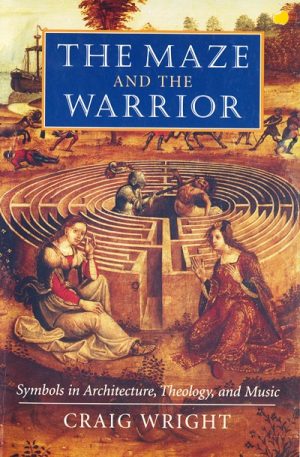The maze and the warrior: symbols in architecture, theology, and music
- Author: Craig M. Wright
- Genre: Art
- Language: English
- Target group: adults
- Year of publication: 2004
- Publisher: Harvard University Press, Cambridge (Mass.)
- Physical description: IX, 351 pages, 24 cm
The maze is one of the oldest universal symbols of the path to the centre: the western civilization has known it from the Greek antiquity. The book widely discusses the meanings and archetypes of the maze, especially the one used by medieval and renaissance architecture, theology and music. Mazes of floor paintings and mosaics from magnificent cathedrals and later formal classicist gardens are well known to us. Walking on their winding paths is supposed to bring focus and efficiently calm down a person. Theologists attributed a spiritual meaning to a maze. Our attention is particularly drawn by chapters, where the author explains the maze structure in music – it is to be found in works from the earliest western music through Bach all the way to Mozart. And what does an armed warrior have to do with it? With whom is he fighting in the centre, what is his place in music and in the historical imaginary of western art and thought? What does his victorious exit from the maze mean? The work by C. Wright in a surprising manner newly illuminates views of myths, religion and symbols that have through centuries encouraged human creativity. (KKH)









